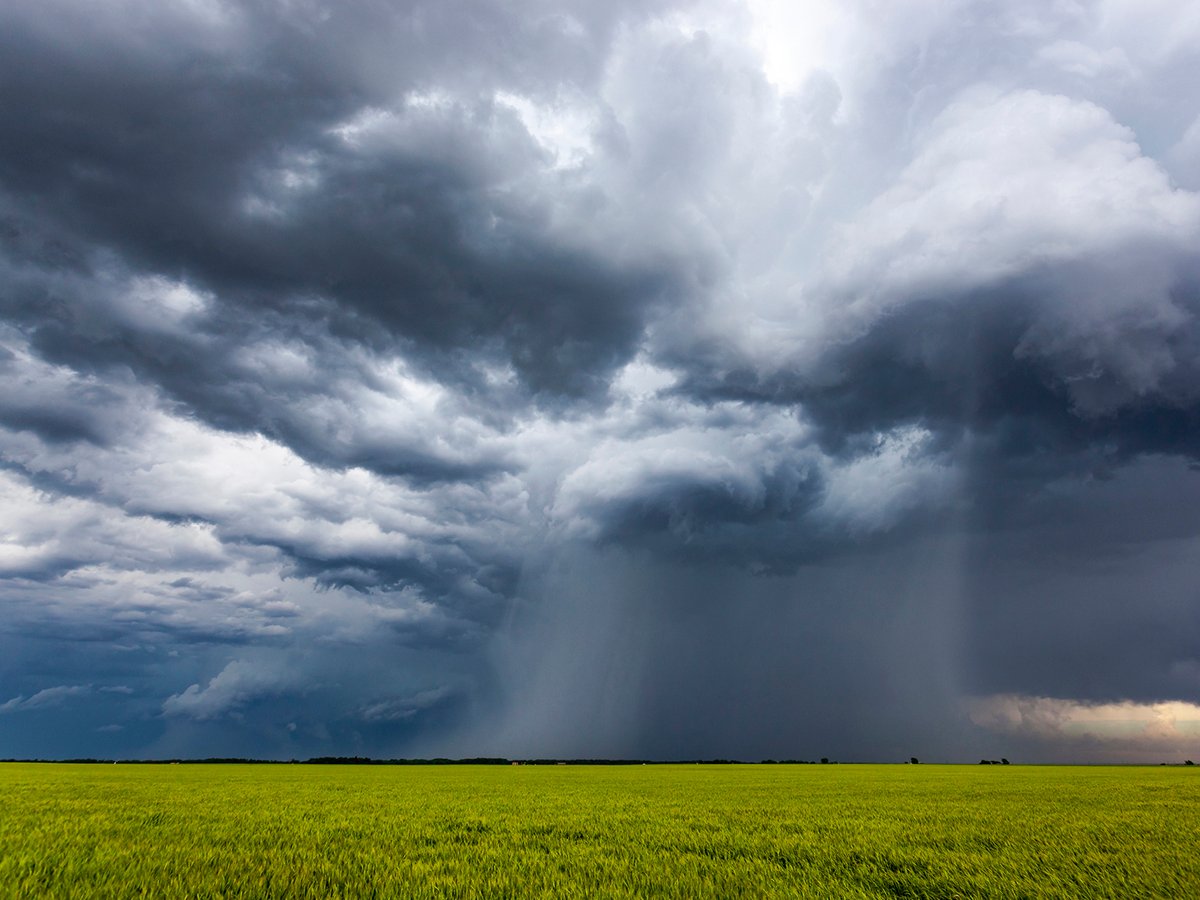SWIFT CURRENT, Sask. – A provincial water strategy will need to include all types of water users, exclude any water exports and provide incentives to use water wisely, says Dale Hjertaas of the Saskatchewan Watershed Authority.
“Water conservation shouldn’t be about not using water, but about making the best use of the water,” the SWA executive director of policy and communications told the Saskatchewan Irrigation Projects Association annual meeting Dec. 5.
The SWA held eight public meetings over the last year to help pinpoint public priorities for water and develop a water conservation plan now being considered by the provincial cabinet.
Read Also

Extreme rain increases as planet warms
In this issue, we are going to wrap up our look at extreme rainfall by examining the different weather patterns that tend to be associated with these rainfall events.
Hjertaas said the meetings followed the adoption of a safe water drinking strategy, developed after the contaminated water incident in North Battleford, Sask., in 2001.
There was a range of 15 to 170 people at the meetings, with 50 written briefs also submitted. SWA also met with groups representing irrigation, petroleum and potash sectors.
While there were concerns over cost and how that will affect residents, there was uniform support for using water wisely, he said.
“There’s been a switch from where people used to take water for granted to them realizing its value and that we should be managing it very carefully and making the best use of it,” he said.
That starts with better tracking and accounting of water, the SWA was told.
“We need to know how much water is being used,” Hjertaas said.
The meetings yielded calls for more education, research and extension work on water and programs to help people switch to more efficient systems, plus no bulk exports of water out of the province.
Many irrigators have already begun the move to increased water efficiency by switching to low pressure, dropped head systems that result in a five to seven percent gain in efficiency.
“That’s very large gain,” he said.
Further efficiencies could be gained by using irrigated lands to produce more commodities or higher value products like strawberries instead of wheat, he said.
Hjertaas said there are many unknowns on the road ahead with climate change and a possible increase in droughts that must be considered in a water plan.
“The more efficiently we are using the water, the better prepared we are for a couple years of low water supplies,” said Hjertaas.
The public consultations also yielded calls for water strategies to be
negotiated rather than imposed on water users.
In addition, SWA was told government must lead by example, by implementing conservation measures in its own buildings and programs.














